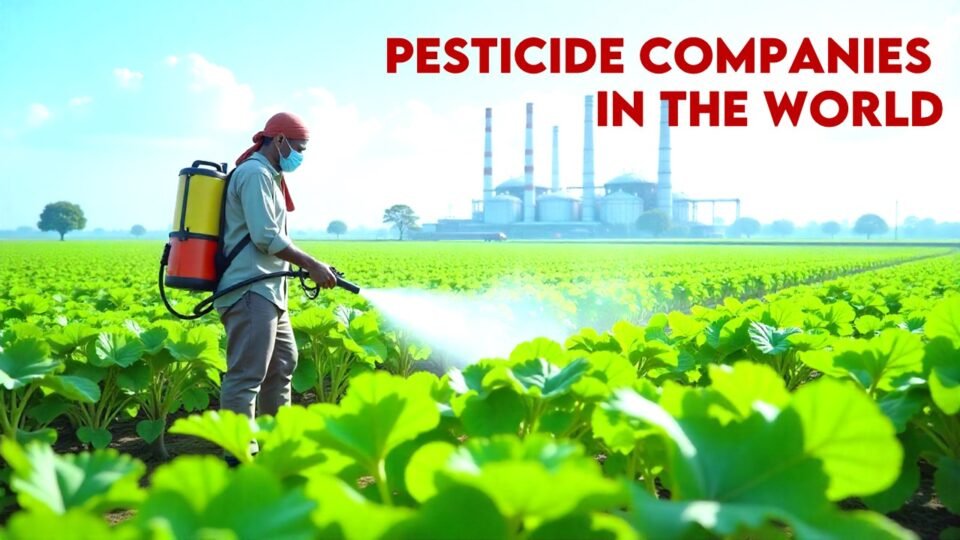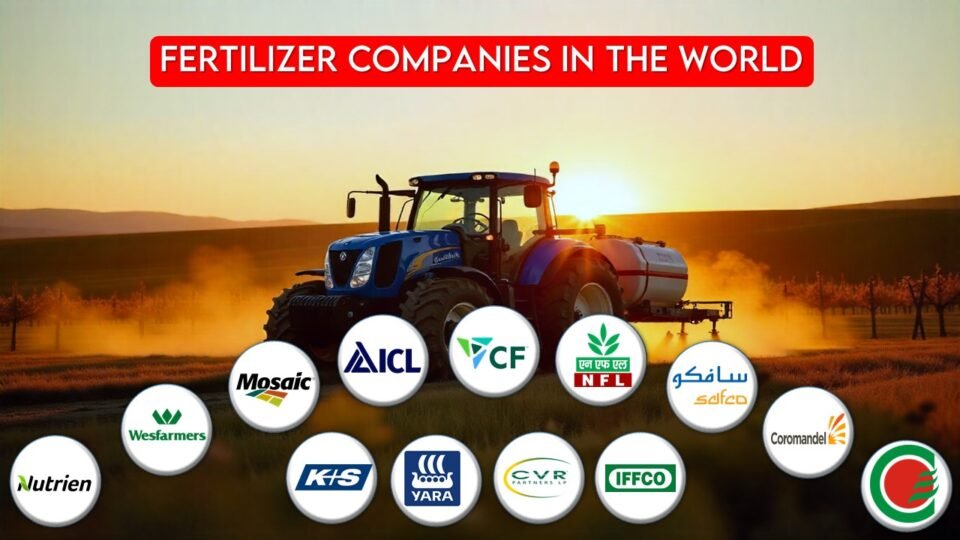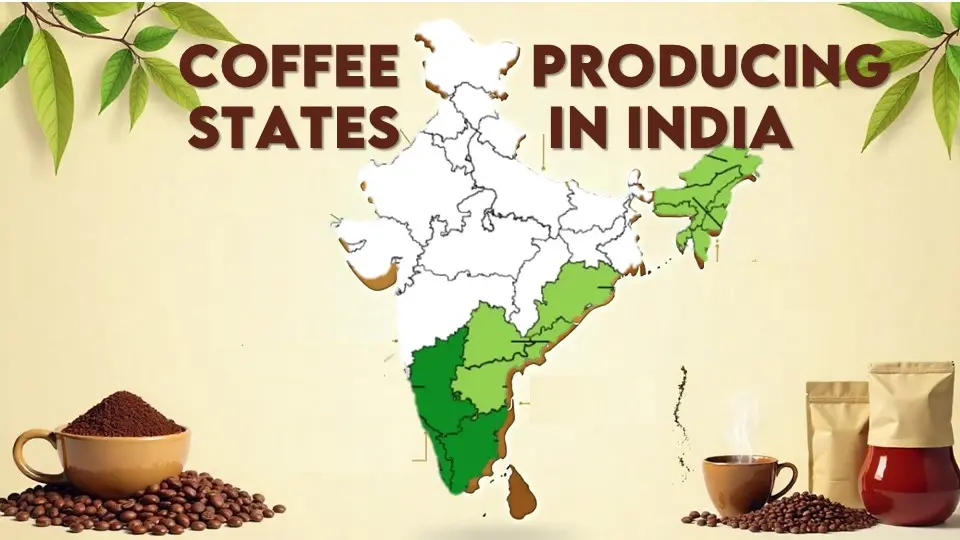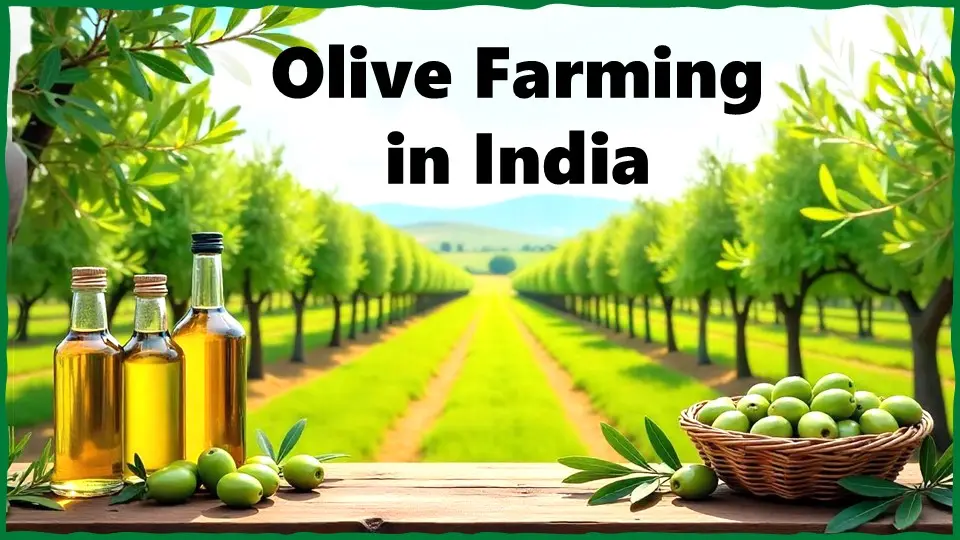One Nation, One Fertilizer scheme, which aims to market fertilizers in the nation under the “BHARAT” brand name, was introduced by Prime Minister Narendra Modi on October 18. This indicates that fertilizer packages will be the same design throughout the nation, bearing the labels BHARAT UREA, BHARAT DAP, BHARAT MOP, and BHARAT NPK, etc.
The government is making it mandatory for companies to market subsidised fertilizers under „Bharat‟ brand. This is being done as part of the “One Nation, One Fertilizer‟ (ONOF) scheme of the Fertilizer and Chemicals Ministry with an aim to prevent criss-cross movement of fertilizers and reduce high freight subsidy.
What is One Nation One Fertilizer?
With this, the government intends to reduce the criss-cross movement of fertilizers (urea, di-ammonium phosphate, and potash have fixed nutrient content as specified under the Bharat fertilizer control order and which does not change with brands) that will eventually help reduce freight subsidy bills and improve the availability.
Under the slogan “One Nation, One Fertilizer” One Nation One Fertilizer brand name seeks to provide farmers with highquality crop nutrients at reasonable prices. To make farming easier, the farmers will be given access to nano urea. A sacksful of urea can only be replaced by one nano urea bottle. The plan was put in place to stop the high freight subsidy-reducing Criss-cross movement of fertilizer brands. Under the new „One Nation One Fertilizer‟ initiative, the companies are only permitted to advertise their name, brand, logo, and other pertinent product information on one-third of their bags. The “Bharat” brand and „Pradhanmantri Bharatiya Jan Urvarak Pariyojana‟ logo will have to be displayed on the remaining two-thirds of the space.
Read More:
What is PMBJP ?
One Nation One Fertilizer would be accomplished by introducing “Single Brand for Fertilizers and People” under the “Pradhan Mantri Bhartiya Janurvarak Pariyojana” fertilizer subsidy scheme, according to a statement from the Ministry of Chemicals and Fertilizers.
Businesses are only allowed to display their name, trademark, logo, and other crucial product information on one-third of their bags under the “One Nation One Fertilizer” programme. To all fertilizer companies, state trade organisations, and fertilizer marketing institutions, urea, di-ammonium phosphate (DAP), muriate of potash (MOP), and nitrogen phosphorus potassium (NPK) are all sold under the same brand name, Bharat Urea fertilizer, Bharat DAP, Bharat MOP fertilizer, and Bharat NPK fertilizer, respectively

The Key Benefits With The Roll-out of BHARAT Brand Fertilizer
Key Benefits of BHARAT Brand Fertilizer are –
Subsidy and MRP
- The maximum retail price of urea is currently fixed by the government, which compensates companies for the higher cost of manufacturing or imports incurred by them.
- The MRPs of non-urea fertilizers are on paper decontrolled.
- But companies cannot avail of subsidy if they sell at MRPs higher than that informally indicated by the government.
- Simply put, there are some 26 fertilizers (inclusive of urea), on which the government bears subsidy and also effectively decides the MRPs.
Supply plan
- Apart from subsidising and deciding at what price companies can sell, the government also decides where they can sell.
- This is done through the Fertilizer (Movement) Control Order, 1973.
- Under this, the department of fertilizers draws an agreed monthly supply plan on all subsidised fertilizers in consultation with manufacturers and importers.
Taking Credit
- When the government is spending vast sums of money on one nation one fertilizer subsidy plus deciding where and at what price companies can sell, it would obviously want to take credit and send that message to farmers.
The Rationale Behind Bringing The New Bharat Fertilizer Scheme
- Due to government regulations, there is no product differentiation among different brands for each type of fertilizer.
- However, farmers are generally unaware of this fact and prefer certain brands as a result of vigorous marketing strategies adopted by firms with strong retailer networks developed over time.
- Also, the local retailers used to promote sale of those fertilizer brands which offered them higher commission. As such farmers often ended up spending more to buy fertilizers of popular brands.
- Fertilizer Control Order (FCO), issued under the Essential Commodities Act, 1955, has laid down fertilizer-wise detailed specifications and any fertilizer, not meeting the said specification, cannot be sold in the country for agricultural purposes.
Significance of the scheme – One Nation One Fertilizer:-
- Standardisation :-This will standardize fertilizer brands across the nation irrespective of the company that manufactures it.
- Affordability:- Scheme will ensure affordable quality fertilizer of Bharat brand to the farmers. This scheme will result in reduction of the cost of fertilizers and increase their availability.
- Single branding:- Competition among companies that push their brands will get reduced with this single branding, which will ensure sufficient supply of fertilizers across the country.
- Stopping urea diversion:- It will also stop the diversion of urea for industrial purposes.

Also Read:
- Seed Companies in India: Seeding a Golden Era
- Top 15 Fertilizer Companies in India: Nurturing Agricultural Growth
Major Issues/ Challenges in One Nation One Fertilizer:-
Supply-side constraints:-
- Retail food inflation has hit a 7.68 per cent mark.
- India is facing a tight supply position in fertilisers, especially of phosphatic and potassic nutrients.
- The challenges include securing supply from new sources, costlier raw material, and logistics.
- The pandemic has impacted fertilizer production, import and transportation across the world.
Global issues:-
- Major fertiliser exporters such as China have gradually reduced their exports in view of a dip in production.
- This has impacted countries such as India, which sources 40–45% of its phosphatic imports from China.
- There has been a surge in demand in regions like Europe, America, Brazil and Southeast Asia.
- While the demand has increased, the supply side has faced constraints.
Others:-
- There has been a steady increase in prices of raw material as well as logistics and freight costs.
- The disruption in the logistics chain during COVID has caused the average freight rates for ships to jump up to four times.
- Besides, prices of fertilisers such as DAP and urea, and raw materials such as ammonia and phosphatic acid, have risen up to 250–300%.
- The total fertiliser subsidy bill is expected to reach Rs. 2.5 lakh crore this financial year, up from Rs. 1.62 crore in the revised estimates for the previous fiscal.
Criticisms in One Nation One Fertilizer:-
Critics argue that completely commoditising fertilizers could:-
- Impact their quality,
- Discourage manufacturers from bringing newer and more efficient products into the market if there is less scope for building a unique brand identity.
- It may also leave them as mere importers or contractors of fertilizers.
Brands not owned: –
- Many manufacturers have also expressed reluctance to spend on a brand they do not own.
- Once in a while, some companies may bear the expense, but it will be difficult to spend continuously on advertisements where brand value for that company is zero.
Regulation:
- A government brand will add another layer of regulation to the fertiliser manufacturing sector where almost every aspect- from product pricing to cost structure to geographical distribution and saleis controlled by the government.
Growth Fertilizer Industry in India | One Nation One Fertilizer
During the 2017-21 year, total fertiliser production was 414.85 LMT. The total fertilizer output in the 2019-21 fiscal year is 462.15 LMT, an increase of more than 11.40% year-on-year. Due to the favorable policy environment that stimulated investment in the public, cooperative and private sectors, the country‟s fertilizer production has surged. Currently, the country has 32 largescale urea plants generating urea, 19 units producing DAP and complex fertilisers, and 2 units producing Ammonium Sulphate as a by-product.
India is a leading importer of fertilizers for its huge agriculture sector, which employs about 60% of the country‟s workforce and accounts for 15% of the $2.7 trillion economy. To fertilise the crops, India depends on imports for its entire annual consumption of 4-5 million tonnes of potash and ships in a third of this from Belarus and Russia.
Read More:
- Cultivating Greener Tomorrow: TBOF’s Success in Sustainable Agriculture
- Solar energy in Agriculture: Applications
The way forward
It will be possible to lessen fertilizer black marketing with the government programme “One Nation One Fertilizer.” Still, the true issues will become apparent in real time. As part of the “Atmanibhar Bahrat” Mission or to achieve fertilizer self-sufficiency, the government plans to implement One Nation One Fertilizer. This plan will assist the government in lowering fertiliser imports. The government will be credited for giving the fertiliser manufacturers substantial subsidies.
Instead of spreading fertilizer across the field, India should concentrate on increasing fertilizer efficiency through need-based application. The freshly created Nano urea by IFFCO shows encouraging results in cutting down on urea usage. These reforms will have a significant influence on improving agricultural output, reducing climate change, offering an alternative to chemical fertilizers, and balancing the financial burden of fertilizer subsidies on future Union Budgets.
Latest Post
- Top 10 Pesticide Companies in the World
- Top 15 Fertilizer Companies in the World
- Top 10 Vegetable Farming Profit Per Acre in India
- Button Mushroom Farming: Infrastructure, Cultivation, and Profitability
- How to Create Modern Commercial Greenhouse Agriculture
- How to Grow Oyster Mushrooms at Home in India
- Top 10 Profitable Fruit Farming in India
- Top Coffee Producing States in India
- 15 Best Indoor Farming Business Ideas in India
- Saffron Farming at Home: Amazing Guide for You in Steps
- Aloe vera farming in India – Cost, Market Trends and Profits
- Olive Farming in India: High Demand Oil Crop in 2025














